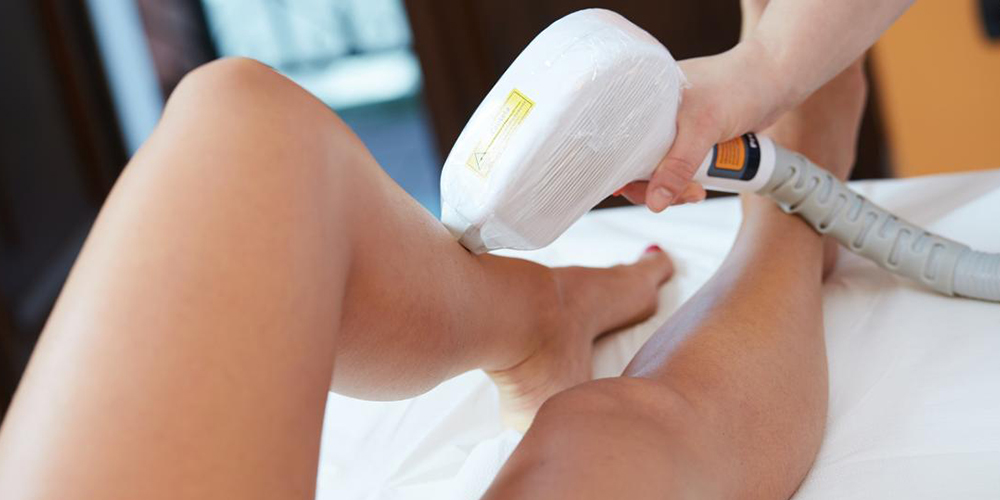- +91 97727 60561
- info@drdhabhai.in
- Wed - Sat: 5 PM - 8 PM Sunday Off

During laser hair removal, a laser emits light absorbed by the pigment (melanin) in the hair. The light energy is converted to heat, which damages the tube-shaped sacs within the skin (hair follicles) that produce hair. This damage inhibits or delays future hair growth.
Although laser hair removal effectively delays hair growth for long periods, it usually doesn’t result in permanent removal. Multiple laser hair removal treatments are needed for initial hair removal, and maintenance treatments might also be required. Laser hair removal is most effective for people with light skin and dark hair, but it can be successfully used on all skin types.
Laser hair removal is used to reduce unwanted hair. Common treatment locations include the legs, armpits, upper lip, chin, and bikini line. However, it’s possible to treat unwanted hair in nearly any area except the eyelid or surrounding area. Skin with tattoos should not be treated either.
Hair colour and skin type influence the success of laser hair removal. The basic principle is that the pigment of the hair, but not the skin’s pigment, should absorb the light. The laser should damage only the hair follicle while avoiding damage to the skin. Therefore, a contrast between hair and skin colour —dark hair and light skin—results in the best outcomes.
The risk of skin damage is more significant when there is little contrast between hair and skin colour, but advances in laser technology have made laser hair removal an option for people with darker skin. Laser hair removal is less effective for hair colours that don’t absorb light well: grey, red, blond, and white. However, laser treatment options for light-colored hair continue to be developed.
If you’re interested in laser hair removal, choose a doctor who’s board-certified in a specialty such as dermatology or cosmetic surgery and has experience with laser hair removal for your skin type. If a physician assistant or licensed nurse will do the procedure, ensure a doctor supervises and is available on-site during the treatments. Be cautious about spas, salons, or other facilities allowing nonmedical personnel to remove laser hair.
Before removing laser hair, schedule a consultation with the doctor to determine if this is an appropriate treatment option.
Hairs do not fall out immediately, but you will shed them over days or weeks. This may look like continued hair growth. Repeated treatments are usually necessary because hair growth and loss naturally occur in a cycle, and laser treatment works best with hair follicles in the new-growth stage.
Results vary significantly and are difficult to predict. Most people experience hair removal that lasts several months and might last for years. But laser hair removal doesn’t guarantee permanent hair removal. When hair regrows, it’s usually finer and lighter in colour.